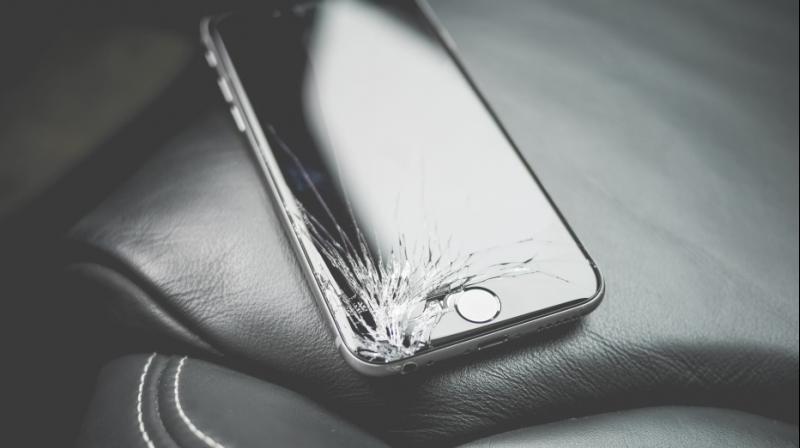Why do phone screens break so easily?

It is April 2017 and we have seen a lot of smartphone launches from the big players in the tech industry. The focus is on the display technology this year, with the LG G6 showcasing its extremely thin bezel display, followed by the jaw-dropping Samsung Galaxy S8’s “Infinity display”. Rumours have it that the next iPhone, slated to launch later this year, could be sporting an OLED display as well. Thus, the display is the focus of the smartphone market this year and we could be looking at major innovations around screens in the year ahead.
However, beautiful displays call for major impact protection. Because you wouldn’t like to see the brand new curved display on your Galaxy S8 lose its charm to a simple drop on the pavement. We are witnessing an incremental investment in screen protection with the 5th generation of protective glass. Even with that, most of the phones easily give up to a drop on the floor or asphalt or stone pavements. LG had to eventually give up on a curved display yet again on this year’s G6 to reduce the chances of the screen getting shattered from a drop impact. So, why does that happen, despite so much of research going behind protective glasses?
The consumer’s wish for a device that looks sleek and stylish is greater than his wish for a device that’s bulky but strong enough to survive daily abuse in real life. Let us look at a simple example – there are two phones available in India for almost the same price – the Samsung Galaxy S8 and the CAT S60. You wouldn’t know about the latter but would be more than happy to sacrifice an enormous amount of money for the first one.
With a phone that’s extremely sleek, the screens have to use thinner glass in order to be as close to a thin cardboard’s width. The frames are made lighter and sleeker as well to reduce the bulk. Due to that, the protective glass layer has to compromise its strength in the event of a drop and undergo most of the shockwaves directly, suffering the consequences. However, manufacturers are using alloys in newer phone frames that are happy to absorb shockwaves and prevent the glass from shattering.
Also, you have to keep in mind that a balance has to be achieved between scratch resistance and shatter-proofing. A screen that has superior scratch resistance is brittle and easily subject to cracking. Whereas, a shatter-proof display, like the one on a Moto X-Force, has a plastic layer to prevent shattering but is immensely prone to scratches. To understand it easily, consider a steel utensil – it doesn’t break easily but is prone to scratches.
The current generation Gorilla Glass 5 has been engineered for superior drop protection while providing no incremental improvement in scratch resistance from the previous generation protective glass. We haven’t tested the newer glass yet but the previous generation Gorilla Glass 4 on my Xiaomi Mi 5 gave up to a simple abuse from my jean trouser’s pocket.
So, is there any solution to this grave problem? There’s no better way to say it but you have to keep your glass and metal beauties inside cases and covers, for now, to let them retain their appeal for as long as possible.

